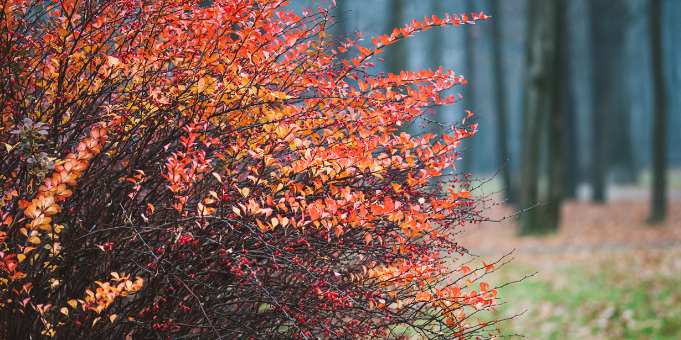Last week we described the benefits of adding native plants to your yard to support pollinators. This week we want to talk a bit about invasive plants, the non-native species that were introduced here intentionally or accidentally and tend to spread aggressively, often damaging native ecosystems.
These invasive plants include ornamental plants in our yard such as Burning Bush and Japanese Barberry as well as aggressive weeds such as Garlic Mustard and Japanese Knotweed. When they spread, they can completely take over woodlands and forests, change soil chemistry, and even contribute to higher densities of ticks and rodents. They also crowd out native plants, decreasing the amount of high-quality food available to pollinators and other animals.
So how do we get rid of them? Controlling invasive species takes hard work and commitment, but we have some good resources that can help:
- Identify – Download the iNaturalist app to identify plants (and insects!) with the snap of a picture.
- Control – Different invasive plants require different control methods. Newton Conservators has a fantastic online guide to some of the major invasive species found in Newton, and advice on how to best control them.
- Replace – Thankfully, there are many native plants that can serve as excellent replacements for invasive species. For example, Red Chokeberry can provide the same beautiful fall foliage as Burning Bush, while native Wild Ginger can take the place of English Ivy as a groundcover. (See here for more ideas for native replacements).
In addition to our yards, invasive plants can be found throughout Newton’s green spaces. If you’re interested in being part of the effort to remove them, join Newton Conservators for one of their many upcoming invasive pulls this spring and summer.



Recently on Twitter